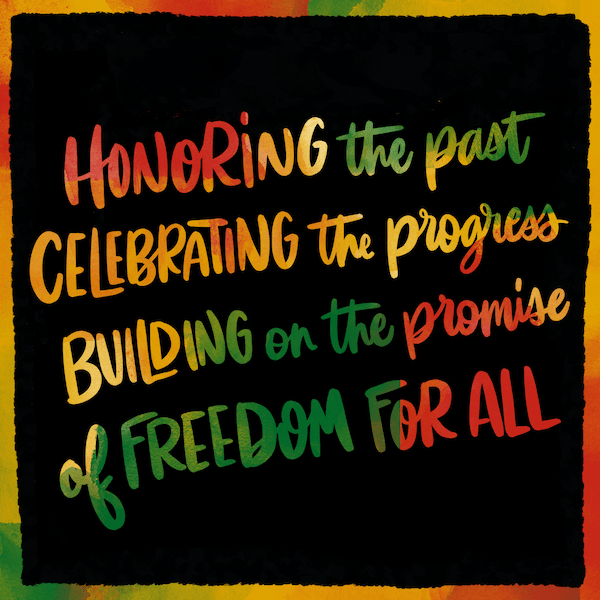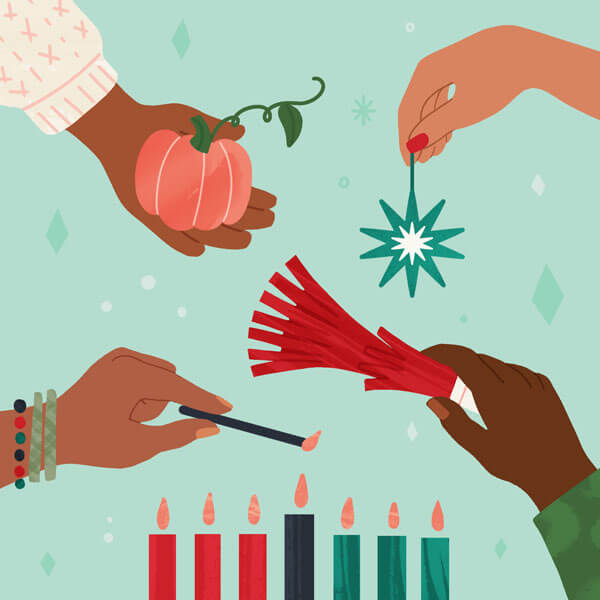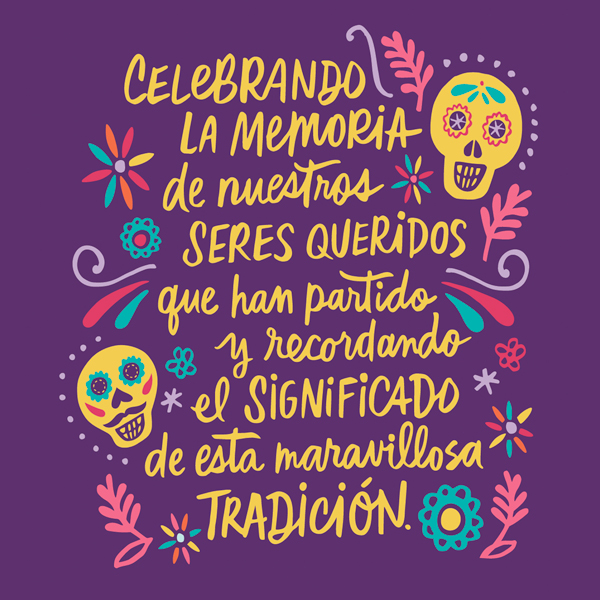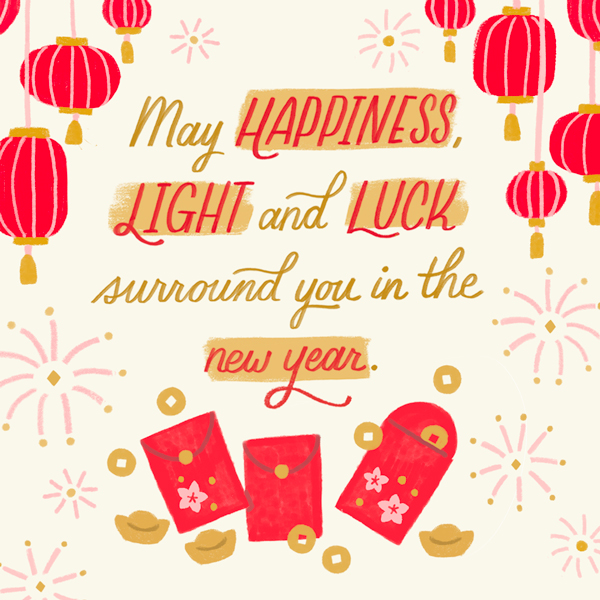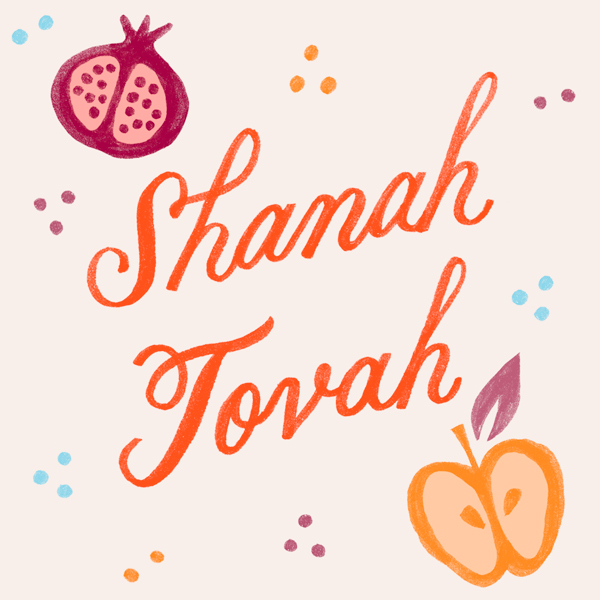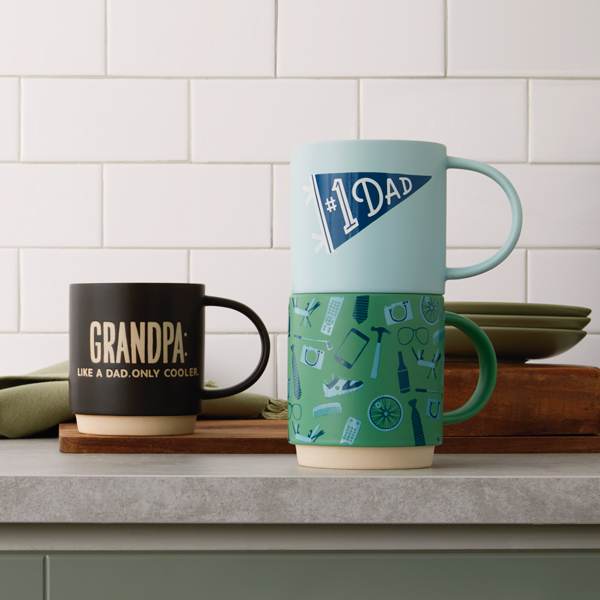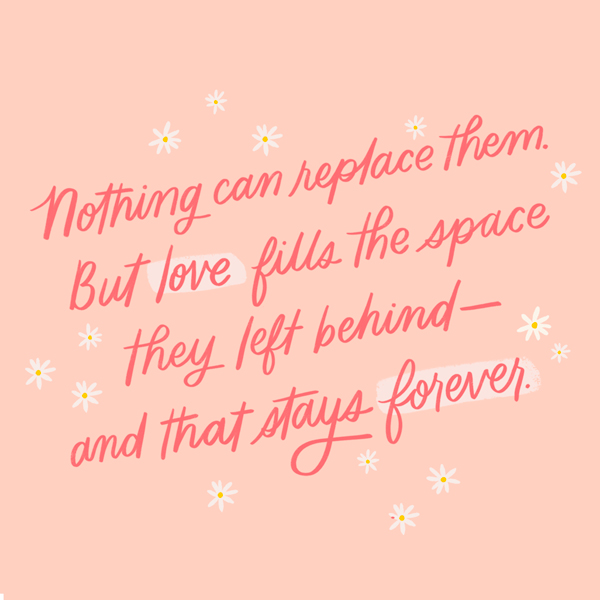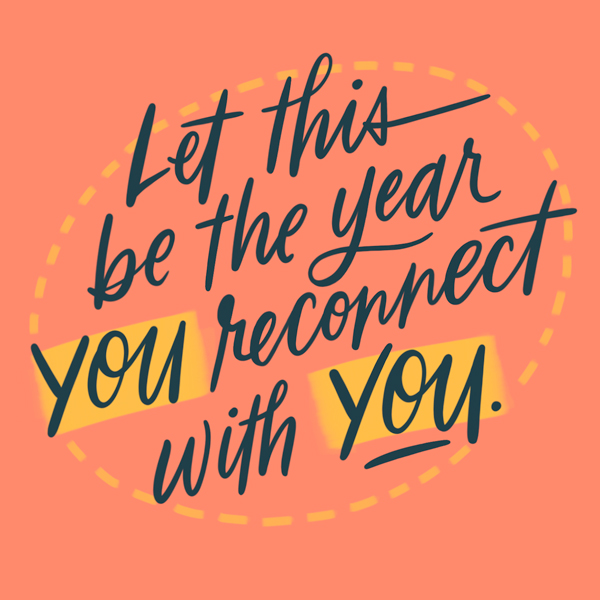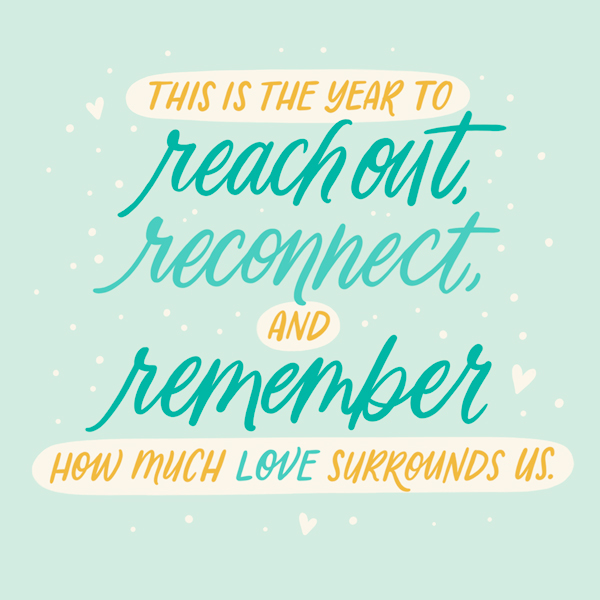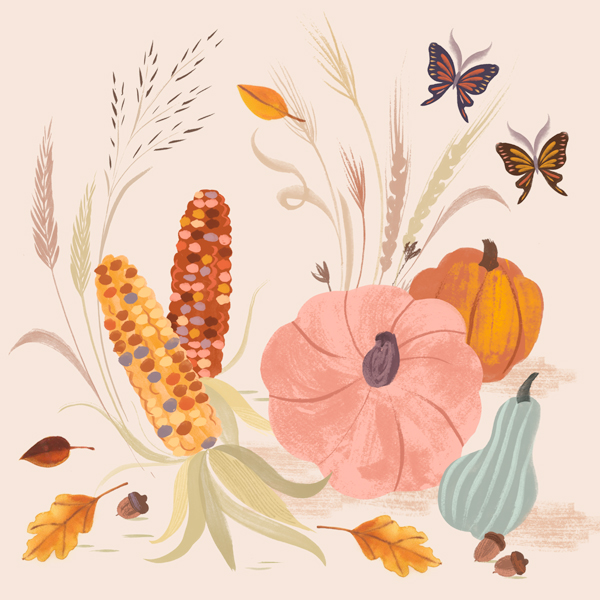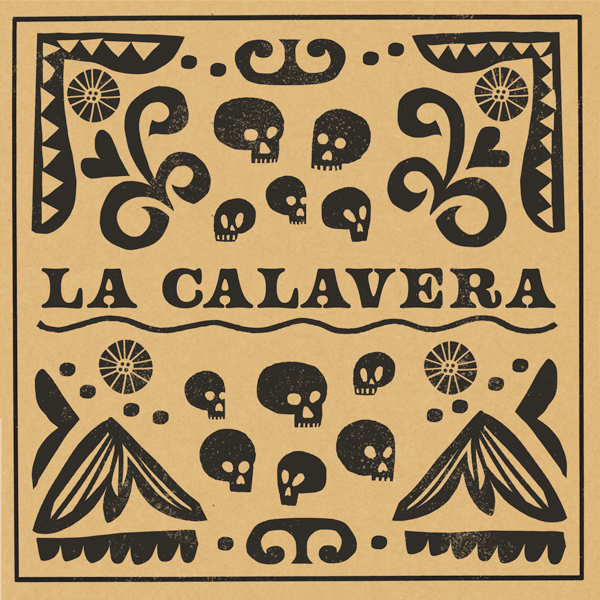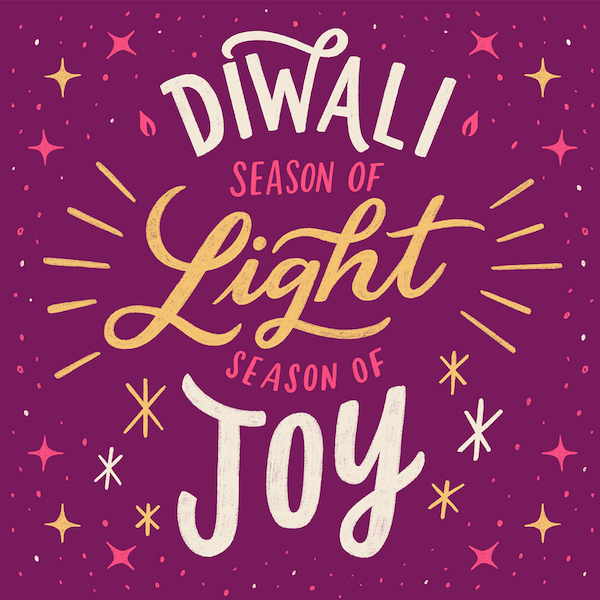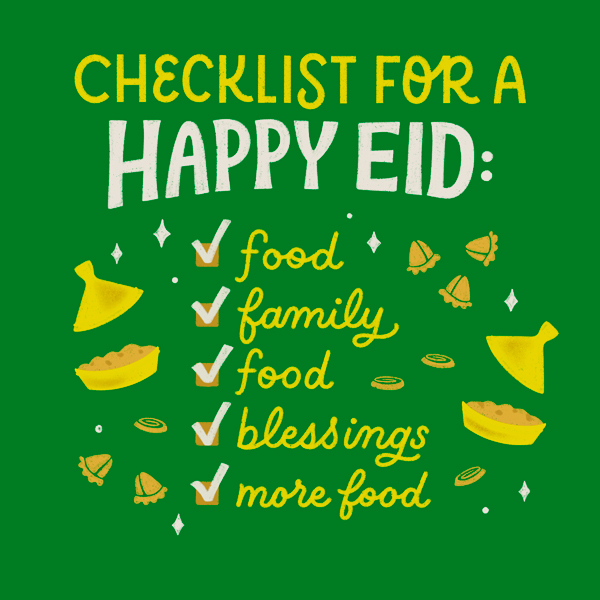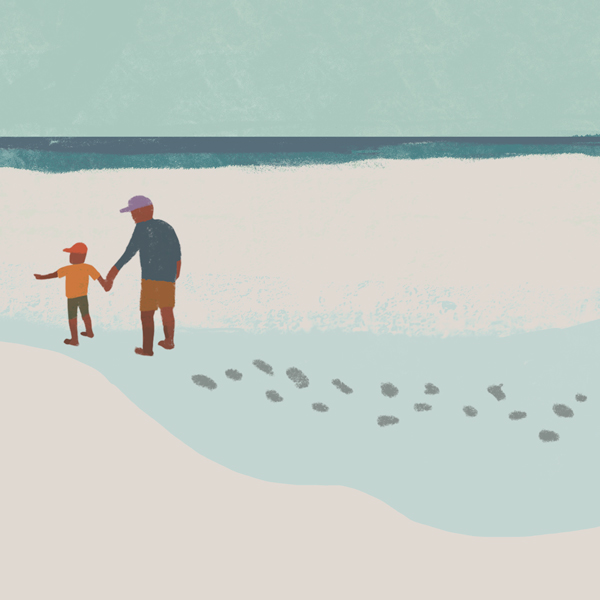What Is Hanukkah?: Sharing in the spirit of a joyous Jewish holiday

Hanukkah is a time for celebrations that thrive in food, family, friends and faith. But with Jewish culture being so vast, everyone celebrates the holiday a little differently.
So we interviewed three Jewish people about their Hanukkah celebrations and traditions: Ashley D., a Hallmark editor, Lauren G., a Hallmark editorial director and soon-to-be mom of two, and Debi L., Associate Vice President of Community Impact at Jewish youth organization BBYO and a St. Louis mom.
Whether you’re looking for fun ways to celebrate Hanukkah with your loved ones—beyond the favorite traditions of playing dreidel and eating latkes—or trying to learn more about the eight-day Festival of Lights, we got you.
Inspired? Create and share by tagging @HallmarkStores.
Looking for ideas or information about a specific part of the Hanukkah celebration? Jump right to it using the links below!
First, some quick facts on the origin, spelling and timing of Hanukkah
For those not already in the know, Hanukkah—also spelled as “Chanukah” and “Hannuka,” as there isn’t a “right” way to translate the Hebrew sounds into English—began in 164 B.C.E. after a group of Jews known as the Maccabees rose up against invading Syrian-Greeks to reclaim their Temple in Jerusalem and resist religious and political oppression.
Hanukkah starts on the 25th day of Kislev on the Jewish calendar. This is always a different date in the Western calendar, so it can start in November or December and can sometimes go into January. Fun fact: The next time Hanukkah starts in November, it will be 2032!
Hanukkah 2023: Thursday, December 7 – Friday, December 15
Hanukkah 2024: Wednesday, December 25 – Thursday, January 2
Hanukkah recipes and food
“Food is something that really brings people together, so I think Hanukkah is an extension and a celebration of that.” – Ashley D.
From latkes (potato pancakes) to sufganiyot (jelly doughnuts), delicious fried food is a Hanukkah staple. Latkes can be made from scratch or using grocery store hashbrowns, depending on your cooking abilities and time constraints.
The traditional latke recipe is delicious, but the dynamic potato dish also lends itself well to some fun experimentation with potato bases and different toppings. Our sweet potato latkes offer a yummy alternative, and the internet is full of different ideas for dressing your latkes. A quick search can lead you to salmon latkes, BBQ latkes, hummus latkes and more.
Beyond the traditional fried foods, every family has their own favorite recipes to incorporate, and not just because they’re tasty.
“We’ve now lost all of our grandparents after this past year and so now I’ve inherited all these recipes,” Lauren said. “I’m always looking for ways that I can incorporate a recipe or something food-related to honor the family.”
Your Hanukkah staples can honor recipes from your loved ones, they can simply be seasonal favorites, and they can be anything you care to customize. Lauren’s family makes matzo ball soup during the week of Hanukkah just because it’s so comforting when it’s cold outside.
She also loved blue and white candy canes growing up and currently ices cookies from a family recipe with blue and white frosting.
“It always felt special when something felt custom for Hanukkah,” Lauren said.
Looking for some more ideas? Check out our Hanukkah cookie recipe and our chocolate rugelach recipe.
Hanukkah family gatherings
“We don’t have to be at the synagogue to feel the strength of that community and that history and those traditions.” – Lauren G.
Getting everyone together for Hanukkah can be a little difficult, especially when most schools and offices plan their time off around Christmas. For Ashley, this sometimes means spending Hanukkah alone. But last year, she found she was still able to connect with loved ones virtually.
“Even though I was by myself in person, the act of lighting the menorah is something that ties a lot of us together,” Ashley said. “It was special in that it gave me time to reflect on times I did spend Hanukkah with my family—and how something as simple as lighting a menorah is something that connects us, whether we’re together or far apart.”
Lauren is able to see more family in person during Hanukkah, but not for all eight days. On the days when they can’t be together in person, they’ll often FaceTime as they light the menorah.
“You’re having to live your busy life,” Lauren said. “So you’re, like, running home to light the candles…it’s not always this super-focused thing, but all of a sudden you hit pause and you’re all together.”
Hanukkah activities and DIYs
Dreidel
A major activity on Hanukkah is playing Dreidel; a game featuring a spinning top and gelt, which often comes in the form of chocolate gold coins, but other tokens can be used. Lauren’s family used marbles, candy, or pennies for the kids, and bigger bills for the adults. Here’s how to play:
- You need two or more players, plus a dreidel and gelt to divide evenly
- To start the game, each player puts one token in the pot
- Each player takes a turn spinning the dreidel; there are four Hebrew letters which will tell players what to do on their turn: Nun (do nothing), Hei (take half of the pot), Shin (add one token to the pot) and Gimmel (take the whole pot)
- Whenever the pot is emptied, or there’s only one piece left, each player adds a token to the pot
- After each player has had their turn, they add a token to the pot to start a new round
- Players are out when they are out of tokens
- The game ends when one player has all of the tokens
There are many different resources for adding a twist to the way you play. A quick search will lead you to a Dreidel board game, Speed Dreidel, “Staccabees,” ways to combine Dreidel with other popular board games, Dreidel with betting and more.
Debi’s family always had dreidels around “to see who could spin the longest,” but didn’t play very much. “We mostly played the actual game during Hebrew school,” she said.
Lauren’s family, however, loves playing the actual game. “My parents, brother and I are a big game night family as it is, and also naturally love making little bets with each other—over random trivia or history facts, etc.,” Lauren said. “So playing dreidel, which is in essence a gambling game, is something we have always enjoyed! Lots of friendly competition in our house, though witnesses have argued it’s not always that friendly.”
When it comes to the dreidels themselves, lots of families are collectors. “My mom collects dreidels of all kinds—from tiny plastic ones meant for kiddos to high-end sculpted ones meant for decor,” Lauren said. “Personally, I’ve forever been on the hunt for Hanukkah decor that feels ‘non-kid’—though now that I’m a mom, I’m all about the kid-friendly craft projects and decor, too!”
DIY Hanukkah projects for kids
Kaila S., a 25-year-old teacher who taught at Jewish private schools Kadima Day School and Ilan Ramon Day School for two years, shared some Hanukkah activities that proved popular in the classroom.
Hodgepodge menorahs
“For a first activity, families could collect recyclables (preferably nothing made of cardboard or paper) and they could create a handmade hanukkiah. Nuts—as in nuts and bolts—make great candle-holding equipment (especially if you use little birthday candles), and children could use Legos, building blocks, wood, clay, rocks, paint or tiles to create a base. An adult should handle the hot glue gun, but otherwise, let their creativity run wild with this craft.”
Clay and paper dreidels
“The students have the opportunity to play Dreidel throughout the holiday, and it is a great way to build comradery, respectful discourse, and counting skills!” Kaila said. “Many people choose to make dreidels out of paper or clay. I would suggest baking clay over air-dry clay, and children could paint the clay after. Crayola actually has a printable for making a 3D paper dreidel, which children could color first, then cut out and assemble with a little bit of adult assistance.”
Assembly line latkes
“We would create an assembly line of latkes, and this can also be done at home. Children clean the potato and then use a cheese grater to carefully cut the potato into little chunks. Then they gather the chunks and add them to a bowl with eggs, seasoning and matzo meal. An adult will need to fry the latkes in oil and then serve.”
Gratitude gifting
“Hanukkah is a season of gift giving, and typically the children do all the receiving, so in class I like to do a giant art project for them to gift to their families,” Kaila said. “We create a calendar for the new year, and the children create art for each month. This is a great way to teach about seasons and other holidays throughout the year as well. This is a huge project, but any craft that allows children to be a part of the gift giving is a great way to teach gratitude.”
Hanukkah traditions
“Part of the joy of Hanukkah and being Jewish in general is that no two people celebrate the same way. But however we do, it brings us closer. That’s something that I’ve always appreciated—whether you are extremely religious or you simply light your menorah, give gifts and sing songs, it’s all great.” – Ashley D.
When it comes to celebrating, nothing takes center stage more than lighting the menorah. Our interviewees all agreed that the act of lighting the menorah was one of the most special and community-building traditions of Hanukkah.
“Feeling the strength of your ancestors with you and your people with you…you know that all these other Jews are lighting these candles at the same time for the same reason,” Lauren said.
Lighting the menorah can look different for every family, too. Ashley’s late grandmother became nervous about lighting candles at her advanced age and living alone, so Ashley found her a battery-powered menorah to still be able to participate.
“It was meant for kids, but her just turning the lights on this little menorah and feeling connected is one of the last memories that I have of my grandma celebrating Hanukkah,” Ashley said. “It is extremely memorable to me.”
Lauren has a two-year-old daughter who uses a wooden menorah so she can safely participate in the fun before watching her parents light the candles.
“Jewish traditions and holidays have become even more meaningful and fun since becoming a mother,” Lauren said. “Introducing my little ones to my favorite traditions and stories and seeing the experience through your child’s eyes is a whole new kind of magic.”
Some families opt for everyone to light their own menorah, but Debi’s family took turns lighting candles based on who was the eldest.
“It was a big deal if you went to light the candle,” Debi said.
While the candles burn out, Debi’s family often sings together. Two of the most popular Hanukkah songs, beyond the traditional religious ones, are “Dreidel Song: I Have a Little Dreidel,” and “Hanukkah, Oh Hanukkah.” Many different versions of both can be found online.
Hanukkah gifts
Gelt is one of the most traditional Hanukkah gifts, but families often take the opportunity to give each other more. Whether in the form of meaningful individual presents or cute group ones, there are lots of creative ways to get your gift on.
One of Lauren’s favorite gifts was a Roald Dahl book set from her aunt and uncle.
“That’s not a Hanukkah-themed thing, but it was such a meaningful gift that it always stuck out for me…and then when my daughter was born, they gave that gift set to my daughter for Hanukkah, which was really sweet,” Lauren said.
Debi’s family will buy their kids matching Hanukkah clothes—from pajamas to matching t-shirts. There’s also typically a group gift for the kids.
“When we were really young, my aunt would send us all matching Hanukkah bears,” Debi said. “Giving everybody the same present is also really kind of fun—everybody’s opening the same thing, and you take a big picture with everybody together.”
When it comes to gifting for the adults, presents can be exchanged amongst everyone, or some families opt for a white elephant situation. Debi’s family also enjoys wrapping their gifts in weird boxes to throw each other off when it comes to guessing presents.
“One year, I got a Beanie Baby wrapped in a thermostat box,” Debi said.
Food can also become part of the gift-giving. Debi’s grandma makes mandelbrot (a cookie similar to biscotti), and every year they’re the last gifts passed out to the whole family.
“She always puts weird tchotchkes in the bags with the cookies,” Debi said. “She’s individually made and wrapped every single one.”
Even though it happens every year, Debi’s family always has a big reaction to the mandelbrot because they know Grandma loves it so much.
Looking for more Hanukkah gift ideas, or even theme nights? Look no further.
Hanukkah wishes
Sending Hanukkah cards is a great way to connect with other Jewish loved ones, especially if you live far away from one another.
“Many of my Jewish friends and family live in California, where I’m originally from. Sending a card is a great way to celebrate and connect during a time that is meaningful for all of us,” Ashley said. “There’s something about a personal message and the effort of sending something at all that makes a card so thoughtful during Hanukkah or really any important holiday to us.”
“I love hanging up all of the Hanukkah cards on my mantel during the holiday season especially when they have family photos,” Debi said. “I also really love sending them to my work colleagues who also celebrate.”
Lots of Jewish folks also really appreciate Hanukkah cards from non-Jewish friends.
“The couple of Hanukkah cards that I’ve been sent by non-Jewish people have been really meaningful to me,” Ashley said. “When people take time out of their day to think about me and send me a card related to this holiday they don’t celebrate but they know is important to me, it’s really special.”
Lauren feels the same way.
“I always appreciate a Hanukkah card because people have to go out of their way to send them, and usually I’m just getting them from my inner circle of Jewish family and friends,” she said. “And so, if somebody who isn’t Jewish actually sends one, it means so much. I keep every Hanukkah card.”
We hope this article has given you a few new ideas for how to celebrate Hanukkah with your loved ones. Hanukkah Sameach!
Looking for more ideas to make your celebration special? Here you go!
Shop Hanukkah
See allYou may also like
See more-
Summer Ways to celebrate Juneteenth
While Juneteenth was officially recognized as a federal holiday in 2021, this pivotal moment in history has been cele...
-
Christmas Christmas and Kwanzaa: Keeping family holiday traditions and finding your own
Whether you’re single or starting a family, religious or agnostic, someone who celebrates Christmas and Kwanzaa or ju...
-
Fall Día de Muertos: A celebration of life and love
Día de Muertos, Day of the Dead, is a holiday originally celebrated in the southern and central parts of Mexico and i...
-
Winter What is Lunar New Year?: Shining a light on a celebration shared by billions
Lunar New Year is celebrated by an estimated 2 billion people around the world. It’s a holiday that marks the arrival...
-
Fall What is Rosh Hashanah?
Jewish New Year is the most important and widely celebrated of all Jewish holidays. The origin of Jewish New Year ...
-
Arts, Crafts & DIY Día de Muertos crafts to celebrate with family
The sweet smell of pan de muerto baking, colorful decorations and pictures selected with care, special memories being...
-
Father's Day An ode to dad mugs: Musings on missing out on one of the best Father's Day gifts
I think coffee is gross. I think tea tastes like water dreaming about what it would feel like to have flavor. I only ...
-
Mother's Day Mother's Day without Mom: Remembering lost loved ones with new traditions
This Mother’s Day will be my third without my mom. She died just before Thanksgiving and Christmas in 2020, which mad...
-
Mother's Day Mother’s Day traditions to start this year
There are infinite ways to celebrate your special lady on Mother’s Day: A self-care spa outing, dinner at her favorit...
-
New Year's Why New Year’s is the Perfect Time to Update Your Address Book
You know those little lifestyle or organization tips that you hear about and you’re like, “That’s so simple—why didn’...
-
New Year's Guilt-Free New Year's Resolutions
“New Year’s resolutions.” To some, those words are filled with pure possibility...an invitation to start anew, comple...
-
New Year's New Year's Resolution Ideas for Groups
New Year’s resolutions are pretty lonely deals. It’s just you and that thing you have to live up to. Ack! No wonde...
-
Christmas A Christmas tribute: meaningful ways to weave memories of lost loved ones into new holiday traditions
For many of us, Christmas is the time of year when we miss our lost loved ones the most. Finding ways to memoriali...
-
Thanksgiving The History of Thanksgiving and Alternative Ideas for Celebrating Gratitude
Many of us in the United States have celebrated Thanksgiving through the years without knowing its origins, perhaps h...
-
Fall How to write literary calaveras for Día de Muertos
You’ve made your ofrenda (altar), hung your papel picado (paper banners), and decorated your calaveras de azúcar (sug...
-
Fall What Is Diwali?: Five Days of Celebrating Peace and Light
Diwali, also called Deepavali, is known as the Festival of Lights. Filled with joy and incredibly family-oriented, it...
-
Summer What is Raksha Bandhan?
Sisters share a special bond with their brothers—one of love and care. And that’s what the South Asian holiday Raksha...
-
Summer What is Eid al-Adha?: How Muslims Honor Devotion and Celebrate Community
As an observance of great sacrifice as well as an opportunity for strengthening the bonds of community, Eid al-Adha i...
-
Father's Day 40+ Father’s Day activities that don’t involve BBQ
We all know how the stereotypical dad celebrates Father’s Day. But what if your dad isn’t stereotypical? What if he d...
-
Christmas 80+ Holiday Traditions for Your Family
Traditions make the holidays special. From simple holiday traditions that millions of people share to unique holiday ...

